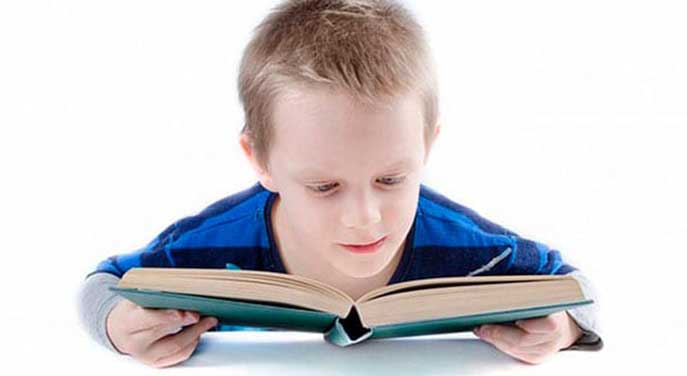 I learned a lot about Canadian history when I was an elementary school student. However, it had little to do with what happened during class.
I learned a lot about Canadian history when I was an elementary school student. However, it had little to do with what happened during class.
Rather, I came across an old Canadian history textbook in our school library and started reading it on my own time. What sparked my interest was the textbook author’s ability to interweave disparate aspects of Canada’s history in telling a comprehensive story about how our country came to be.
To be clear, this textbook was far from perfect. Its one-sided depiction of Indigenous people left much to be desired, and the author made no secret of his pro-European bias. Nevertheless, in reading this book, I began to grasp the broader narrative of Canadian history.
Unfortunately, textbooks are becoming less common in schools today. That’s because teachers are often encouraged to pick and choose from a variety of sources.
Some educators even suggest that there is no reason to assume that a textbook author’s opinion is more valuable than anyone else’s opinion. In fact, they argue, students will learn more if they create their own knowledge by finding their own sources on the internet.
This reasoning is consistent with modern-day progressive educational thought. But it is absolutely wrong.
The reality is that one source is not as good as another, particularly in established subject areas such as math, science, and history. There is a huge difference between a carefully researched textbook and a random website.
Any textbook publishing company worth its salt ensures that its textbooks are factually accurate and written at a level that students can read and understand. That’s because quality textbooks typically sell more copies than poor textbooks.
In addition, a well-designed textbook is an invaluable resource for both teachers and students. For a subject like history, not only does the textbook serve as a useful reference guide, but it also shows key events in their proper chronological sequence and puts facts and dates into a broader historical context.
The same is true of science and math textbooks which show students how to build from one concept to the next.
Obviously, teachers can and should go beyond the information provided in textbooks. Students should be encouraged to read widely and to bring the questions they ask to the classroom for discussion and debate.
Nevertheless, it helps when teachers provide students with a book that contains most of the concepts and information they are expected to learn. Furthermore, high-quality textbooks are extensively reviewed by subject matter experts and representatives from various minority groups, who together identify and weed out errors and misrepresentations. The result is a book that, while still imperfect, reflects more than one author’s perspective.
While the internet is a hit-and-miss collection of good and bad sources, a well-written textbook synthesizes the most important information in a way students can easily understand. Unless students already have substantial knowledge and considerable powers of discernment, they are unlikely to find the same quality of information on the internet.
Of course, while textbooks are undoubtedly useful, teachers should never rely exclusively on them. Good teachers will always supplement textbooks with other information and will encourage students to question everything they read.
Textbooks are still important in schools today, and they will remain useful in the years ahead.
Michael Zwaagstra is a public high school teacher, a senior fellow with the Frontier Centre for Public Policy, and author of A Sage on the Stage: Common Sense Reflections on Teaching and Learning.
Michael is a Troy Media Thought Leader. For interview requests, click here.
The opinions expressed by our columnists and contributors are theirs alone and do not inherently or expressly reflect the views of our publication.
© Troy Media
Troy Media is an editorial content provider to media outlets and its own hosted community news outlets across Canada.

